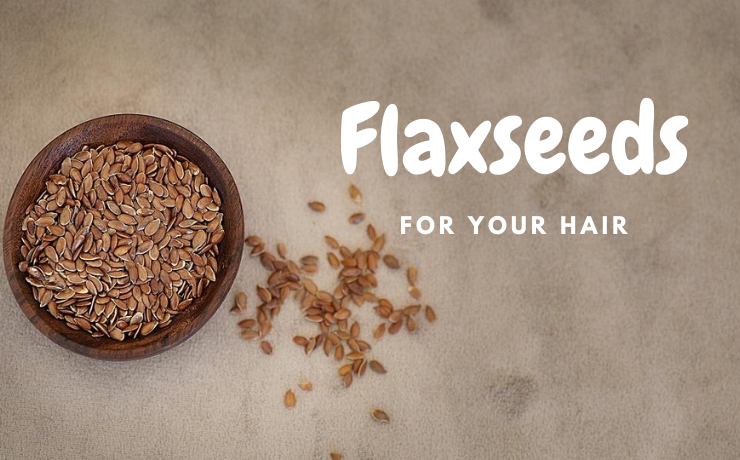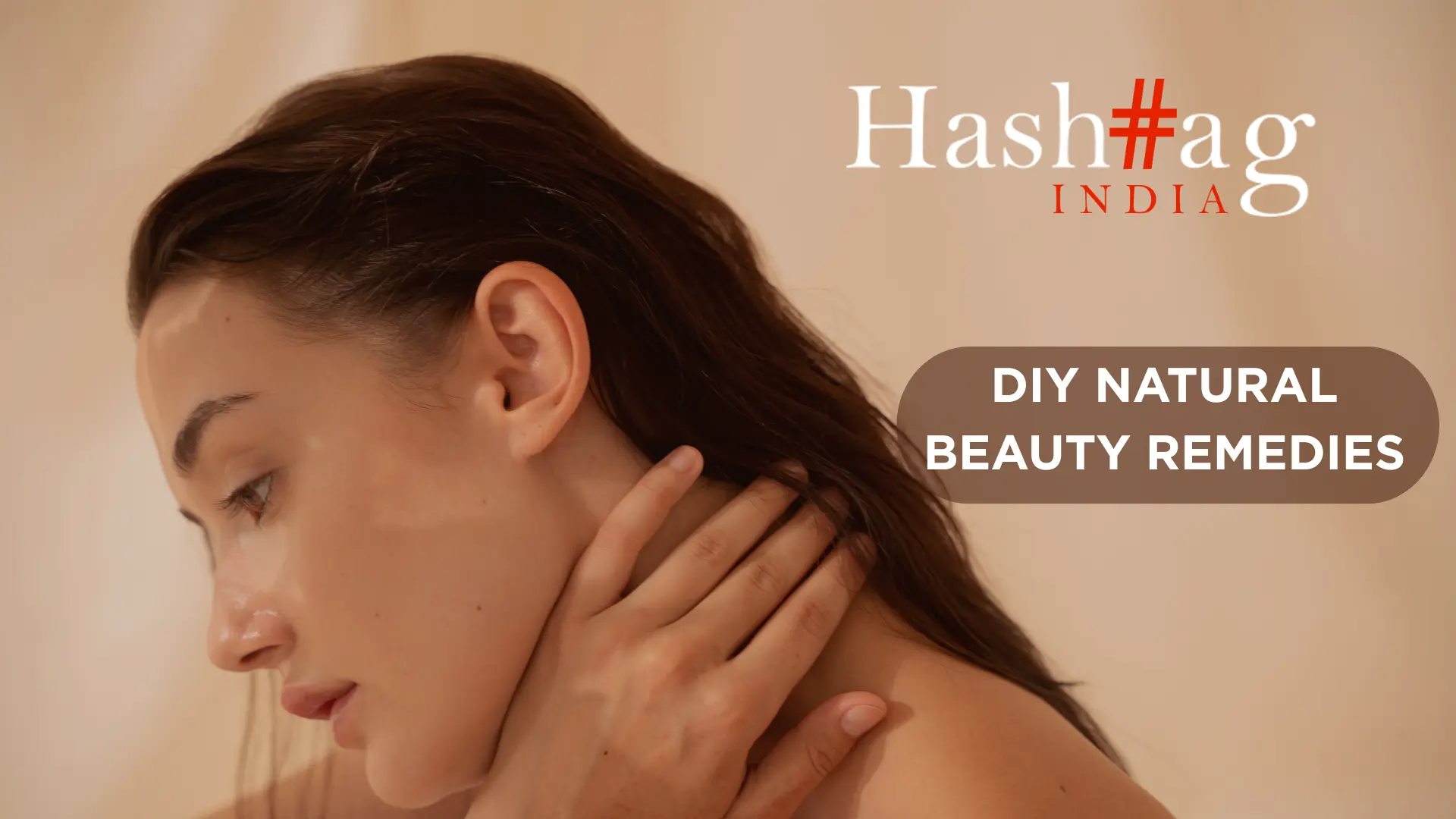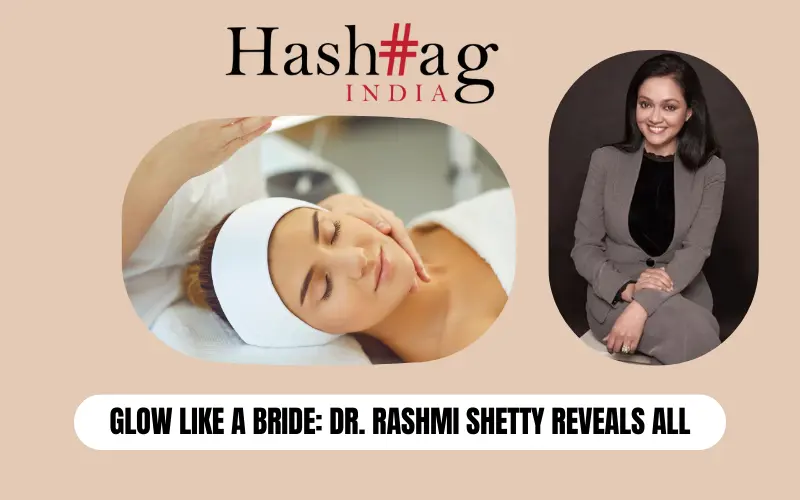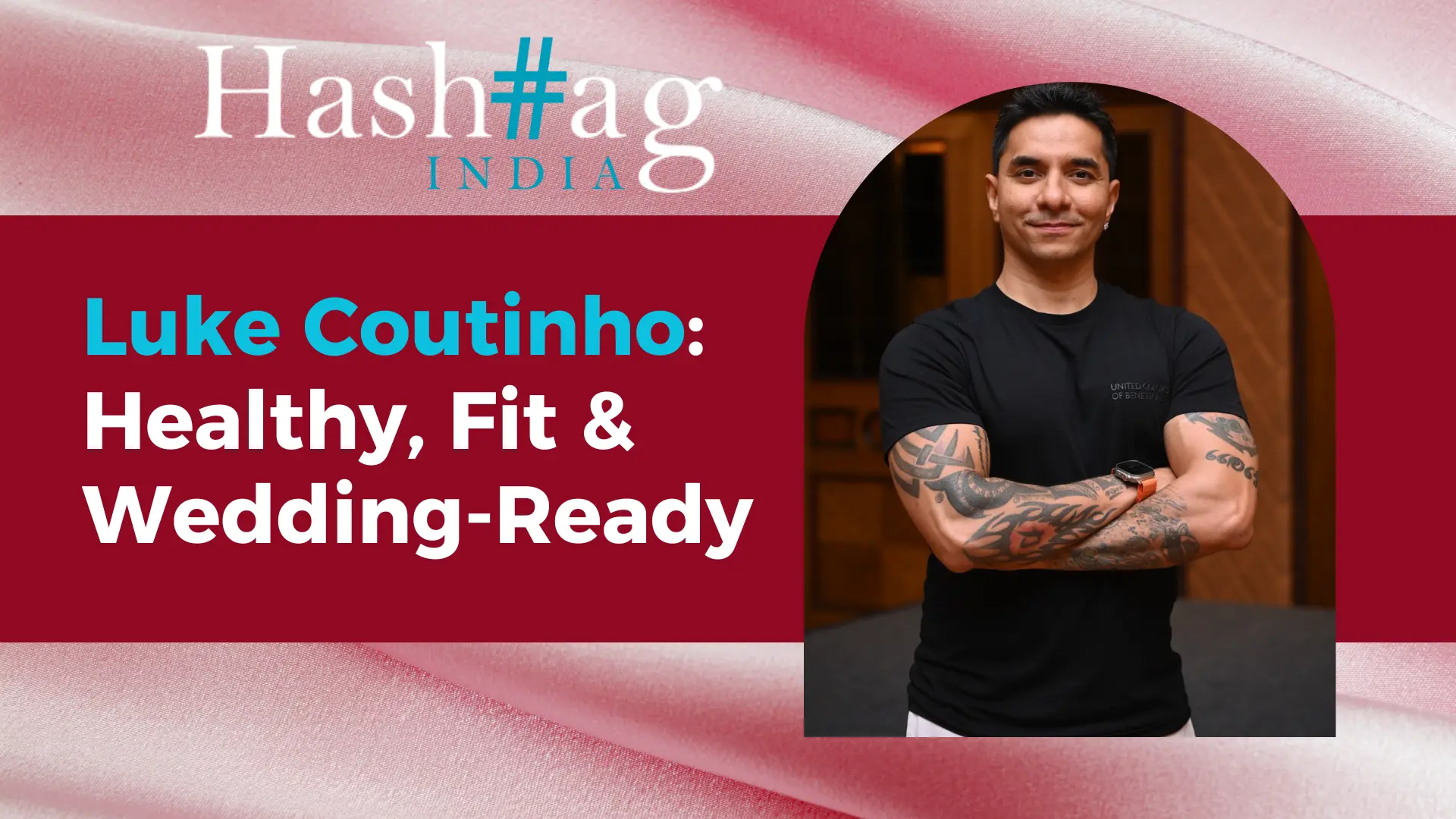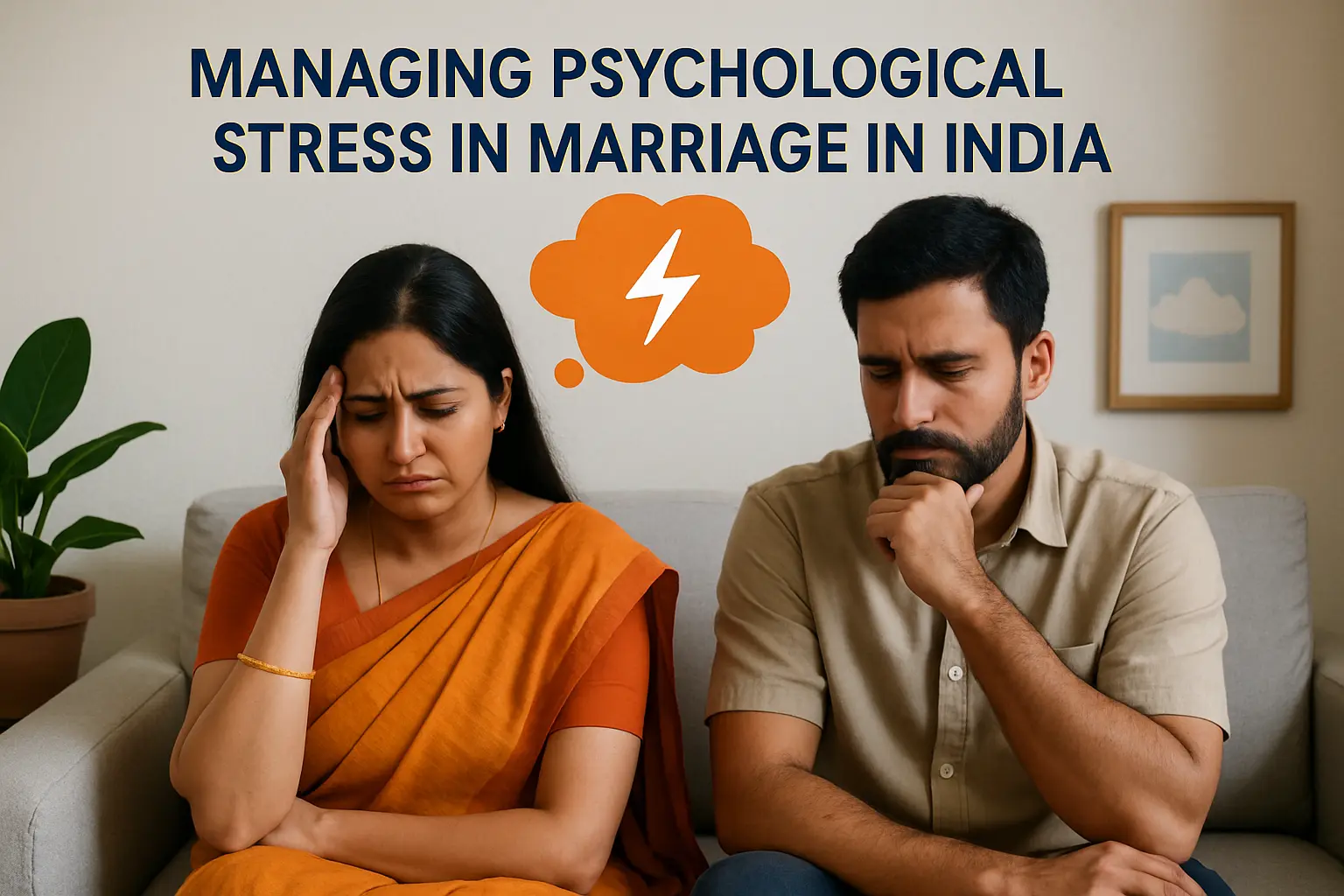Close your eyes and envision smooth, glossy hair blowing in the breeze, which you then curl behind your ear. Is it overly filmy? Even if it is, this sort of hair is what every one of us cherishes. We normally try to do this with the aid of products created by various companies and prefer to fix our hair with a variety of procedures, but the catch is that all of it contains chemicals. What if I told you that you can have smooth, lustrous, and silky hair from the comfort of your own home? Isn’t it enticing? Mahati Salike reveals the magic component responsible for this, which is flaxseed.
WHAT ARE FLAXSEEDS?
Flaxseeds are trending on the web for having a tremendous influence on one’s hair, and you should jump on board as well! Flaxseed, a plant-based food, contains omega-3 fatty acids, phytonutrients, and fibre. It is referred to as a ‘functional food’ by a few, which suggests that it could be consumed to improve one’s health. Flaxseed is derived from the flax plant, Linum usitatissimum, which blooms to be around 2 feet tall. It was most certainly first grown in Egypt, but it is now produced all over the globe.
IS FLAXSEED GOOD FOR HAIR?
It may come as a surprise that flaxseed contains a fatty acid commonly abundant in fish. However, it is a distinct type, known as alpha-linolenic acid (ALA). Plant-based ALA is well-known for its heart-healthy properties. It can also decrease inflammation, which is a factor in many disorders and can affect hair development.
Flaxseeds have a good dose of B vitamins, a family of minerals that are believed to help your hair become happier and thicker quickly.
The antioxidant vitamin E can also be seen in plant-based lubricants. In terms of healthy hair, vitamin E lowers the impact of radicals on the hair, supporting hair development. Appropriate vitamin E consumption may also help to strengthen hair cells.
HOW TO USE FLAXSEEDS FOR HAIR:
Now that you have an understanding of the benefits of flaxseeds for hair, here is how you can use flaxseed for hair growth.
1.Flaxseed Gel
Ingredients required:
- Flaxseeds – ¼ cup
- Water – 2 ½ cups
- Aloe vera
- Measuring bowl
- A jar
- Wooden spoon
- Filtering stockings
Method:
- Pour the flaxseeds in water and stir to combine. Heat the water for about 10 minutes, stirring often to prevent the flaxseeds from clinging to the bottom of the utensil. Turn the heat down when you get a gel-like consistency that is neither too thick nor too light. Allow the gel to cool for around an hour to stiffen. Fill the measuring cup halfway with gel using the stockings.
- Next, filter the gel by squeezing it all from the stockings into a glass container.
- To improve the outcome, mix aloe vera gel with the flaxseed gel.
- Transfer the mixture into a container and place it in your fridge.
- Lastly, leave this flaxseed gel on your hair for at least 2 hours. Use this solution at least every week to keep your hair frizz-free and lustrous.
- Post application, cover your hair with a shower cap to lock the moisture in your hair.
Result:
Silky smooth and lustrous hair is the final result!
2.Flaxseed and Yogurt Hair Mask
Ingredients required:
- Flaxseed powder – 1 tbsp
- Yoghurt – 2 tbsp
- Honey – ½ tbsp
- Mixing bowl
Method:
- Add half a spoonful of honey and 2 tablespoons of yoghurt to a spoonful of crushed flaxseed powder.
- Make a paste of this concoction and massage it to your scalp. After 30 minutes, rinse with cleanser and conditioner.
- Post application, cover your hair with a shower cap to lock the moisture in your hair.
- Repeat this application one or two times every week.
- Post application, cover your hair with a shower cap to lock the moisture in your hair.
Result:
Use this hair mask for anti-frizz smooth hair!
3.Flaxseed and Banana Hair Mask
Ingredients required:
- Flaxseeds – 2 tbsp
- Banana – 1
- Honey – 1 tbsp
- Almond oil – 1 tbsp
Method:
- Make a smooth grind of the flaxseeds. Combine the flaxseeds with the sliced bananas pieces. Mix in honey and almond oil to the flaxseed and banana solution, and your paste is prepared!
- Section your hair out and massage the solution onto your scalp.
- Almond oil can as well be replaced with lavender oil or olive oil.
- Allow the hair mask to sit on your hair for around 2 hours before rinsing it out with room temperature water.
- Post application, cover your hair with a shower cap to lock the moisture in your hair.
Result:
For lush, nourished hair apply this hair mask a minimum once a week.
4.Flaxseed and lemon Hair Mask
Ingredients required:
- Flaxseed powder – 1 tbsp
- Lemon juice – ½ tbsp
- Olive oil – 2 tbsp
Method:
- Mix 2 tbsp of olive oil and 1⁄2 a tsp of lime juice to 1 spoonful of powdered flaxseed and massage it into your hair. Wait for 30 minutes, then rinse it off with lukewarm water.
- Because lime juice is dehydrating, combine it with nourishing oil, such as olive oil.
Result:
Applying this mask results in smooth and moisturised frizz-free hair.
5.Flaxseed Oil
- Buy a high-quality flaxseed oil from the marketplace. Take roughly two teaspoons of flaxseed oil and gently press it into the scalp. Portion your hair into tiny sections, lock all but one, and cover that split completely with the oil.
- Repeat this method until all of the sections are completely greased. This method ensures that all of the hair and the scalp receives the maximum advantage of flaxseed oil.
- Soak a cloth in lukewarm water following oiling your hair, swirl it through to ensure it is moist but not damp, and cover it over your head.
- Loosen the cloth for 30 minutes and brush your hair using a wide-tooth brush to break tangles.
- Lastly, use shampoo to rinse your hair.
Result:
If you continue this method once or twice every week, you should observe a significant improvement in your hair. Following 2 to 4 weeks of consistent application, your hair will appear fuller and finer than before.
BENEFITS OF FLAXSEEDS
Take a look at a few among the several benefits of flaxseeds for hair.
- Enhances the suppleness of hair fibres: It improves the suppleness of the hair fibre, making it healthier, stronger, and more lustrous, as well as preventing damage. If your hair has a shine paucity, is susceptible to breaking, and appears dried and fragile, these seeds could help. Eating or applying flaxseed to your hair can significantly alter the quality of your hair. This will guarantee that new hair growing from the root is thick and healthful.
- Prevents untimely greying: Sudden greying of hair is a widespread worry nowadays, with women as young as in their early twenties suffering it. Flaxseeds are high in nutrients such as proteins, calcium, B vitamins, and vitamin E. This is a hair-nourishing micronutrient. It maintains the hair moisturised, inhibits early greying, and addresses a variety of many other hair issues.
- Say goodbye to split-ends: Several specialists consider it as superfoods for hair since frequent consumption of this seed may offer your metabolism with protein, potassium, magnesium, iron, zinc etc, all of which have been required for good hair development. If split ends are a problem for you and trimming your hair isn’t a possibility, consider utilising flaxseed for your hair together with a balanced meal and a decent hair care regimen to notice the benefits.
- Hair is strengthened from the roots: Consuming flaxseed, which is high in both insoluble and soluble fibres, may aid in hair development. It stimulates blood circulation to the scalp, which promotes hair development and inhibits hair breakage. Flaxseed for hair is commonly used to promote the formation of fresh follicles.
- Hair thinning is minimized: Hair thinning can be caused by a variety of circumstances, but in women, imbalance and postmenopausal situations are frequently to blame. Lignin is a chemical abundant in flaxseed that acts as an antioxidant to combat hair loss and thinning induced by hormonal changes and menopause.
There are numerous problems that simple techniques and DIY methods at home can cure. Rather than depending on the external, chemically induced products, natural ingredients come to your rescue. The same is in the case of flaxseeds. These super-seeds bring humungous benefits to the human body, one of which is hair. Flaxseeds’ benefits for hair are numerous and lucrative.
Try out our listed methods and do let us know your results!

